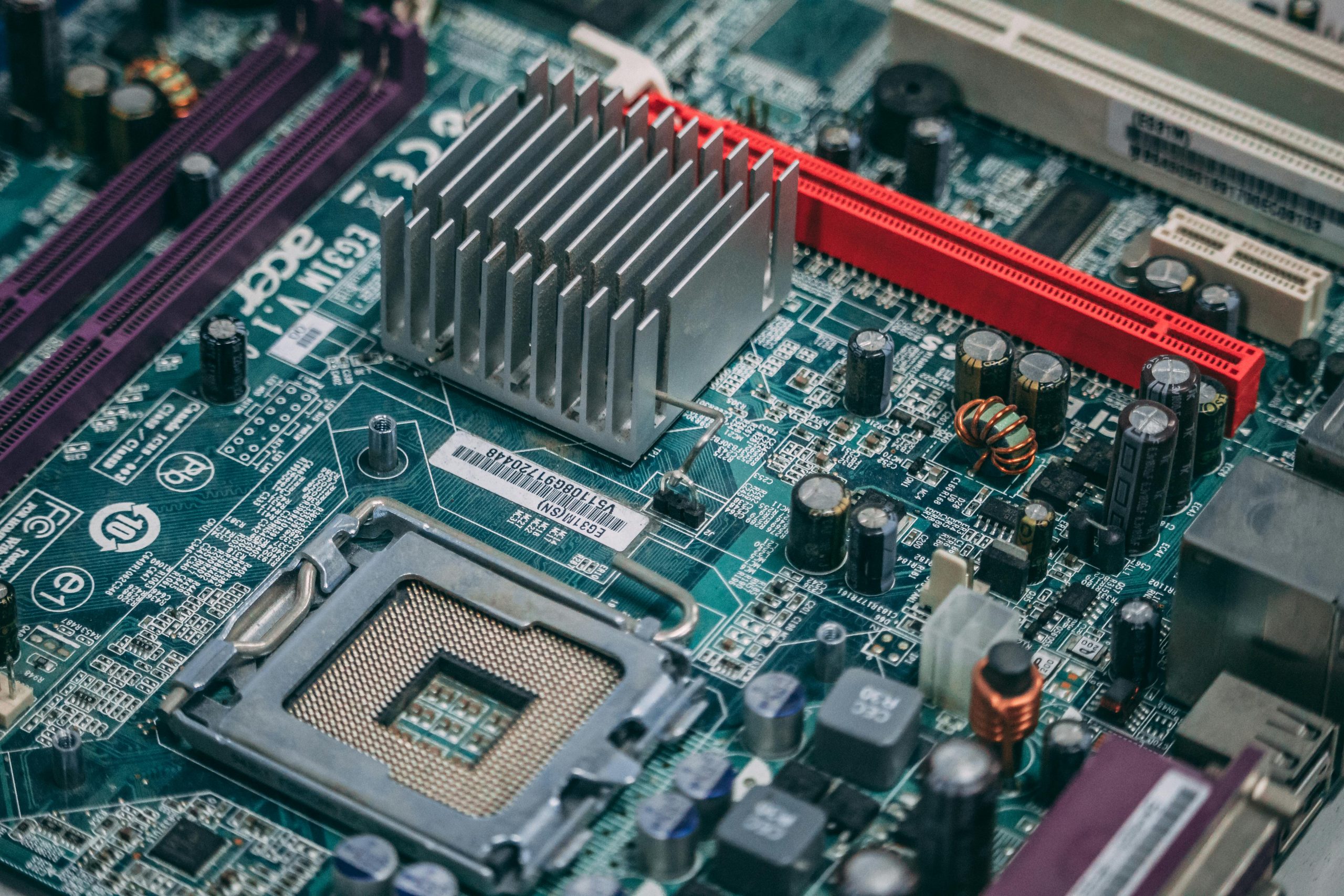Troubleshooting HDD Detection Issues in BIOS After Hardware RAID Configuration
Many users encounter challenges when attempting to assess the health of their hard drives following a change in their configuration, especially when transitioning from hardware RAID setups to standalone testing. A common scenario involves hard drives that were previously part of a RAID array no longer being recognized by the system’s BIOS or disk management tools. In this article, we explore potential causes and solutions when hard drives fail to appear during diagnostics, focusing on scenarios where drives were previously configured in a hardware RAID.
Understanding the Scenario
Suppose you have two 8TB hard drives that were formerly part of a hardware RAID array. Your current goal is to evaluate their health status using diagnostic tools such as Victoria or CrystalDiskInfo. However, these drives do not show up in BIOS or any disk monitoring utility. This situation raises questions: Are the drives physically damaged beyond repair? Or is the issue related to how they are currently recognized by the system?
Common Causes for Drive Recognition Issues
-
Residual RAID Metadata or Firmware Conflicts
When drives are part of a hardware RAID, they often contain metadata or configuration data that identifies them as part of a RAID array. If these drives are removed from the RAID controller without proper procedures, this metadata can cause conflicts or prevent the OS and BIOS from recognizing the drives properly. -
Drive State and Drive Health
Physical damage, failure, or controller issues could indeed render drives invisible or unusable. However, this can only be confirmed through proper testing. -
System BIOS Configuration
Certain BIOS settings may restrict drive visibility, especially if the RAID controller is configured in a particular mode (e.g., RAID vs. AHCI). Ensuring the motherboard is set to recognize the drives directly (preferably in AHCI mode) can enable better detection. -
Connection and Hardware Issues
Faulty cables, loose connections, or port issues could also lead to drives not appearing.
Recommended Troubleshooting Steps
1. Check BIOS Settings
– Enter your BIOS/EFI setup during system startup.
– Verify if the drives are detected under storage or SATA configuration tabs.
– Change the SATA controller mode to AHCI if it’s set to RAID or IDE, and see if the drives become visible.
2. Inspect Hardware Connections
– Confirm that the SATA and power cables are securely connected.
– Test with different ports or cables if necessary.
**
Share this content:



